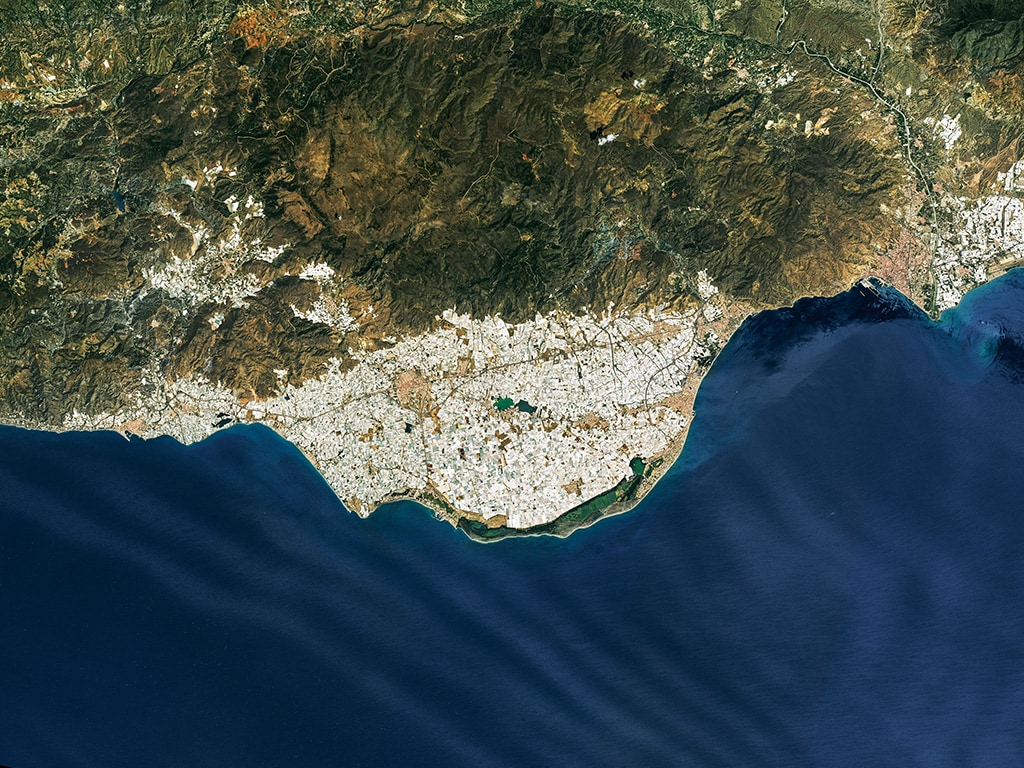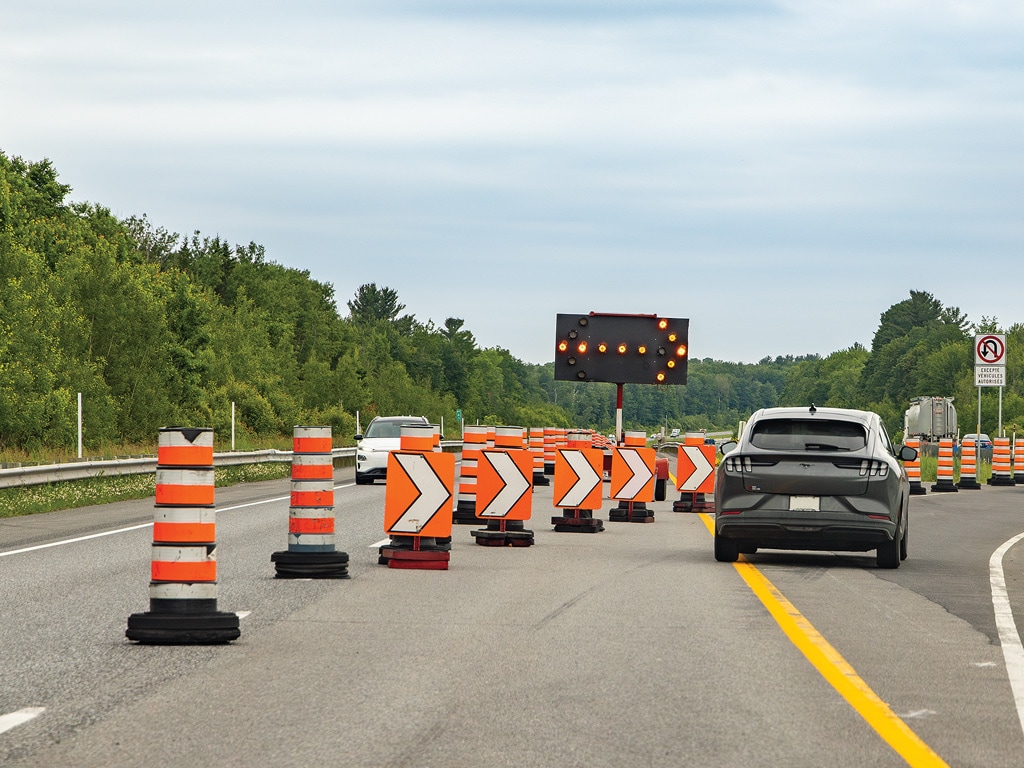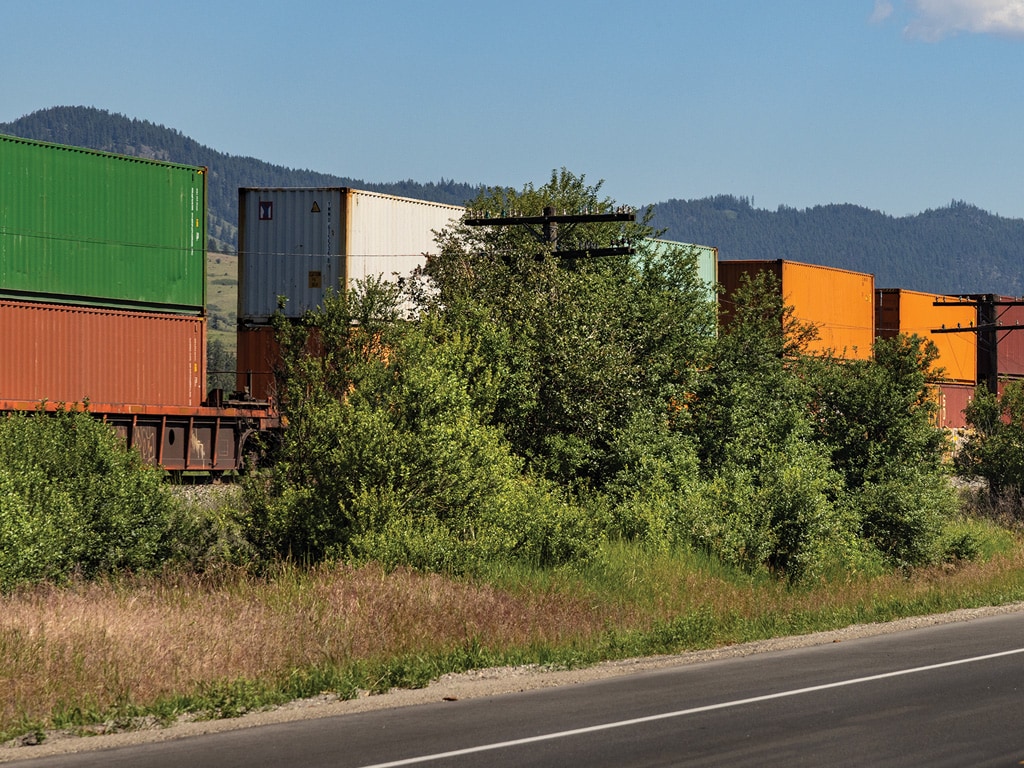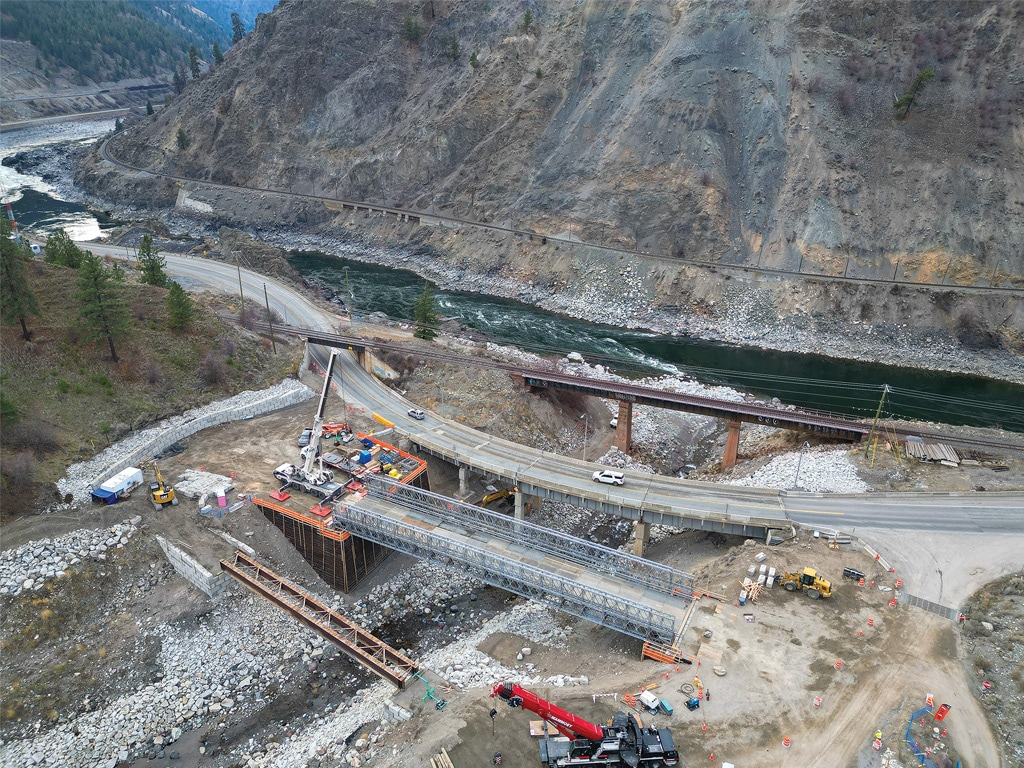Agriculture, Sustainability November 01, 2024
Hardening our Arteries
Disaster-proofing our major transportation corridors.
by Lorne McClinton
"Canadians want to talk about weather because we get a lot of it," says Barry Prentice, Director of the University of Manitoba's Transport Institute in Winnipeg. "And if nothing else, climate change is going to give us lots to talk about."
Tornadoes, major rain events, floods, heat domes, droughts, and hurricanes—severe weather, whether directly attributable to climate change or not, is striking everywhere with amazing frequency. While these storms have devastated farms, towns, and cities, Canada's—and to a lesser extent the United States'—major transportation arteries haven't escaped either.
Trading nations. "Both Canada and the U.S. are trading nations and if you don't have good transportation, you can't have trade," Prentice says. "If it's interrupted or weakened, it has economic consequences. Having good transportation is even more important now since supply chains have been replacing inventory with information. Companies used to keep far higher levels of inventory on hand to deal with any problems, but with just-in-time, you rely on good transportation instead. It works fine until it doesn't."
But not all is doom and gloom. Behind the scenes, planners and engineers have been quietly working to ensure all new roads and bridges will be resilient enough to withstand the projected weather challenges ahead. When weather disasters damage existing infrastructure, it's rebuilt to be strong enough to handle them in the future.
Most Canadians never give a second thought to how vulnerable the country could be to weather-related trade disruptions. They got a wakeup call in November 2021. In just 48 hours, a historic atmospheric river, formerly called the Pineapple Express, pounded Vancouver and Southwest British Columbia with record-breaking amounts of rain. By the time the skies cleared, all the highways and rail links between Vancouver and the rest of Canada were cut. If you wanted to travel from Alberta to Vancouver your only route was through the U.S.
"It was an unbelievable amount of rain even for the coast that's used to getting lots of rain," says Jennifer Fraser, the Executive Director of Highway Reinstatement with BC Transport. "No roads through to Vancouver were left. We'd lost Highways 5, 1, 3, 7, 8, and 99. The rivers had swept away big chunks of roadway, debris flows blocked highways, and bridges were gone. The Coquihalla [Highway 5], the main high-speed route to Vancouver, was heavily damaged in 26 different places within a 120 km stretch, one or more lanes were washed away at 14 sites, and seven bridges had one or more spans collapse due to scour and erosion."
For farmers and processors, like Richard Bell with Farmcrest Foods in Salmon Arm, BC, it was shaping up to be a disaster. Every day he had hundreds more boxes of freshly processed chicken piling up in his coolers and no way to move it to his customers in Vancouver.
"Farmers are a unique breed," Richard Bell says. "We always find a way to get our product to our customers. But not this time; it was the only time in our 25-year history we let our customers down."
Above. When a major storm cut all highways from Vancouver, BC, to the rest of Canada, Jennifer Fraser says they knew how to make them more resilient going forward. The replacement bridges are built on pile footings and were lengthened to minimize chances of them collapsing in future storms. All new highway construction projects, such as the twinning of the Trans-Canada Highway from Kamloops, BC, to the Alberta border, are being built keeping extreme weather events in mind.
Fortunately, Bell found a solution. After hearing from a friend that the supermarkets across the BC interior were empty, he called a senior manager with Save On Foods, a regional grocery chain in Western Canada. Purchase orders rolled in within hours and with the help of local volunteers, they managed to repackage all the fresh chicken heading out in boxes to food services customers, destined for the chain's shelves.
An economic disaster? Once it became clear that Southwestern BC and the Port of Vancouver were completely cut off from the rest of Canada, many were predicting an economic disaster. But something nearly miraculous happened.
On November 19th, just four days after the rains stopped, workers managed to reopen one route, Highway 3, for essential traffic. The railways were able to resume service on November 25th and the Coquihalla reopened December 15th. Anyone who has fought traffic delays for months while work crews did comparatively small repairs could be forgiven for wondering how they were able to do this so quickly.
"I was astounded how fast the railways were able to come back into service," Prentice says. When asked, they said they'd just sent all the construction crews they had working throughout Canada to BC.
"Highway construction proceeded quickly because we were ready when the call came in," Fraser says. "Our ministries, not just in BC but across Canada, have been working to transition to the engineering standards that have been updated and revised for climate change for years. Having this done in advance made it possible to quickly move ahead with repairs. Climate change gets lots of attention but planning for it doesn't, so it's important to never miss an opportunity to mine a good crisis to put our planning work into practice."
The Coquihalla, for example, was built in the 1980s, with significantly different weather and design parameters. The original bridges that collapsed rested on spread footings subject to scouring and erosion, new ones were built on pile foundations. Some piles had to be driven 65 meters (213 feet) deep to reach bedrock. If floods occur in the future, the approaches might wash away but the bridge should remain standing. To prevent this, bridges were significantly extended in length, some by up to 88% to allow the rivers and streams to braid through the roadway in a more natural way. Stream beds were lined with riprap and streamside vegetation was planted to prevent erosion.
"So now our job is to triage the other weak points in the road system," Fraser says. "We have thousands and thousands of kilometers of roads in BC alone. The 2021 atmospheric river event certainly focused attention on our vulnerabilities." ‡
Read More

AGRICULTURE, SUSTAINABILITY
A Miracle in Plastic
Spanish greenhouse cluster is a hotbed of innovation and sustainability.








